There are plenty of benefits to growing your own food. You are in control of every aspect of the process – soil, variety, fertiliser, temperature, light, as well as quantity and quality of water. There is no fresher produce than the food growing on your windowsill or balcony. Additionally, homegrown produce is often superior in taste.

From the sustainability perspective, growing edible plants at home has many positive implications. Produce sold in supermarkets is often imported from other countries, and fruit and vegetables is one of the largest value imported commodity groups. Only 55% of unprocessed food consumed in the UK is supplied by local farms, the rest is imported from EU countries (26%), Africa (4%), North America (4%), South America (4%) and Asia (4%).
On a smaller scale, you are reducing your carbon footprint associated with commuting to the store. Growing food at home can also lead to reducing personal food waste: you can grow and harvest the required amount, as opposed to being forced to buy a larger quantity.
Sadly, not everyone has access to land. According to statistics collected by Barratt Homes, if the entire population of the UK was condensed to one street, 14% of people would be living in apartments or maisonnettes. In London, a whopping 43% of people live in flats, with no access to an outdoor space for gardening.
The good news is, those who don’t have a garden space can still reap the benefits from growing edible plants at home. All you need is a few pots, some soil, some water and light!
Seasonal herbs
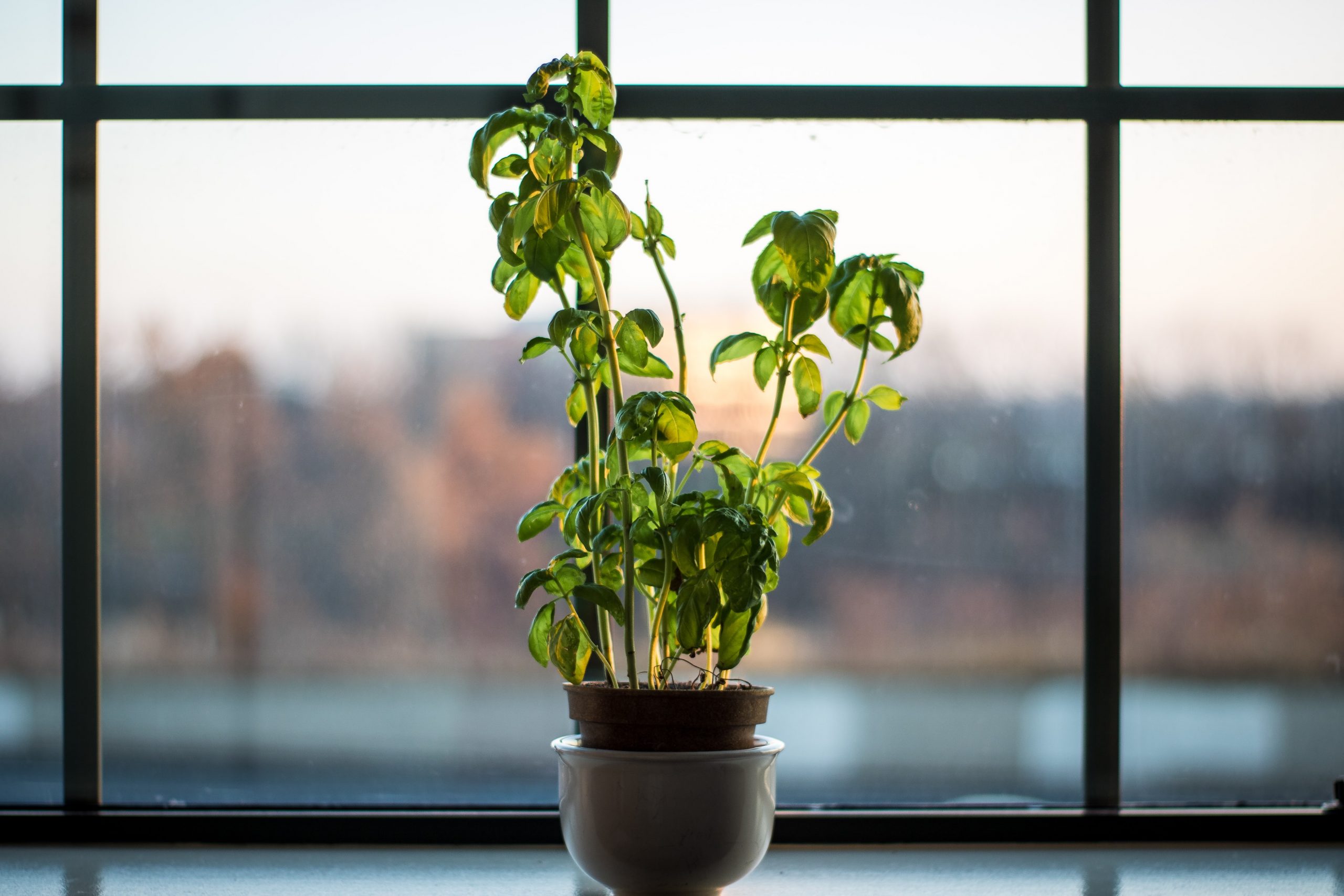
One of the easiest edible plants to grow at home are fresh seasonal herbs. They include:
- Parsley
- Dill
- Basil
- Coriander
- Sage
As a general rule, herbs thrive in sunny spaces. When sowing the seeds, make sure to carefully read the packet and space your plants accordingly. Check that your pots are big enough to accommodate specific plants, and the soil is rich in nutrients.
Herbs can be grown in individual pots or in larger, “communal” planters. Plants with similar water and nutrition needs can share a pot. To learn which plants grow well together, you can consult a companion planting guide.
Perennial herbs
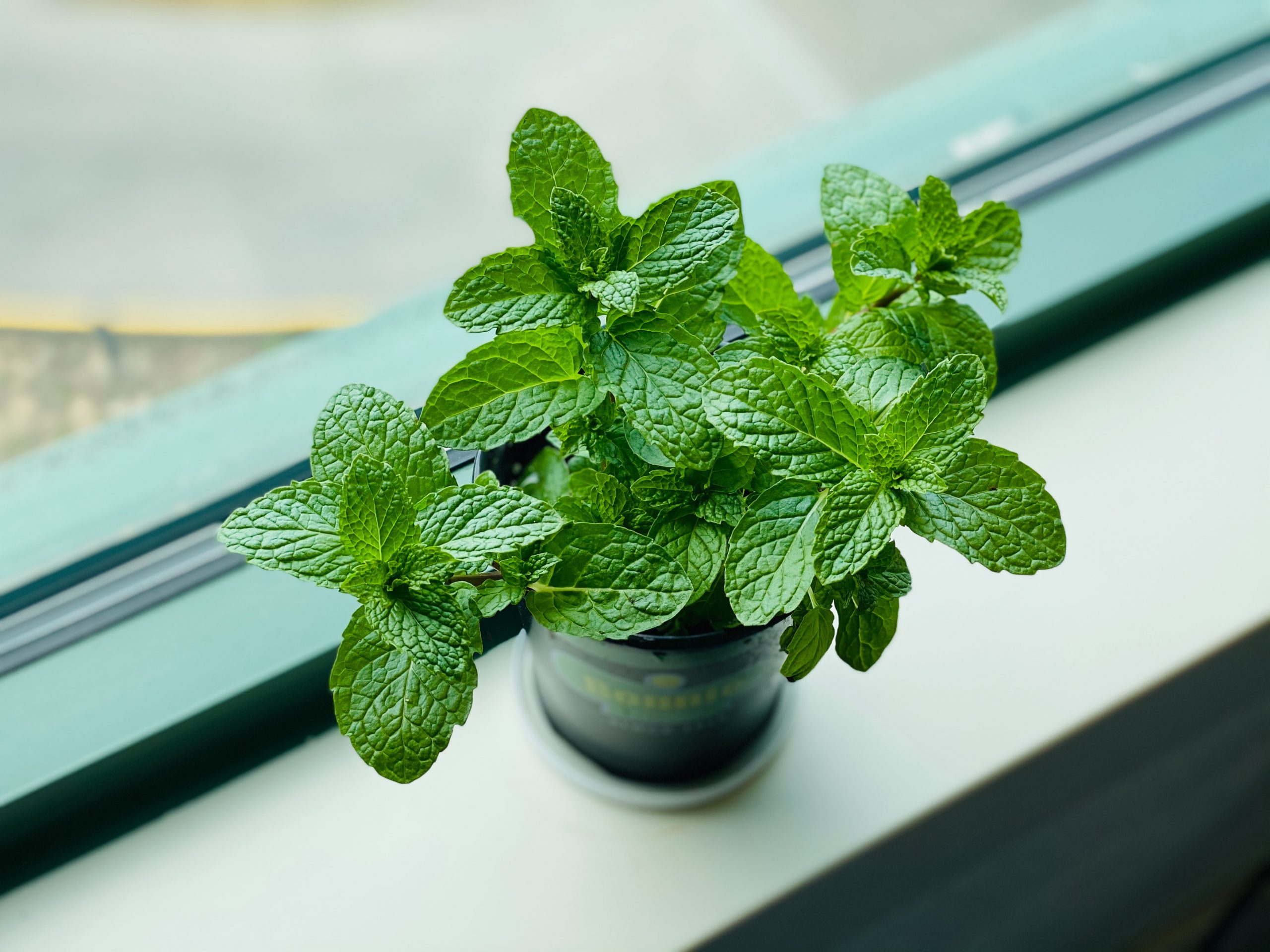
Some herb plants are perennial, which means they are expected to live longer than two years. Unlike annual plants that die down at the end of the season, perennials can keep growing all year round, provided they have the right conditions. If the conditions are not optimal (e.g. if the temperature is too low), the plant enters a dormant phase, preserving the root system so that the plant can continue growing in the warmer season. Perennial herbs include:
- Mint
- Rosemary
- Thyme
- Lemongrass
- Chives
There is a finite amount of nutrients in the soil, so it is very important to “feed” your potted plants with fertiliser or compost to keep them going.
Tomatoes
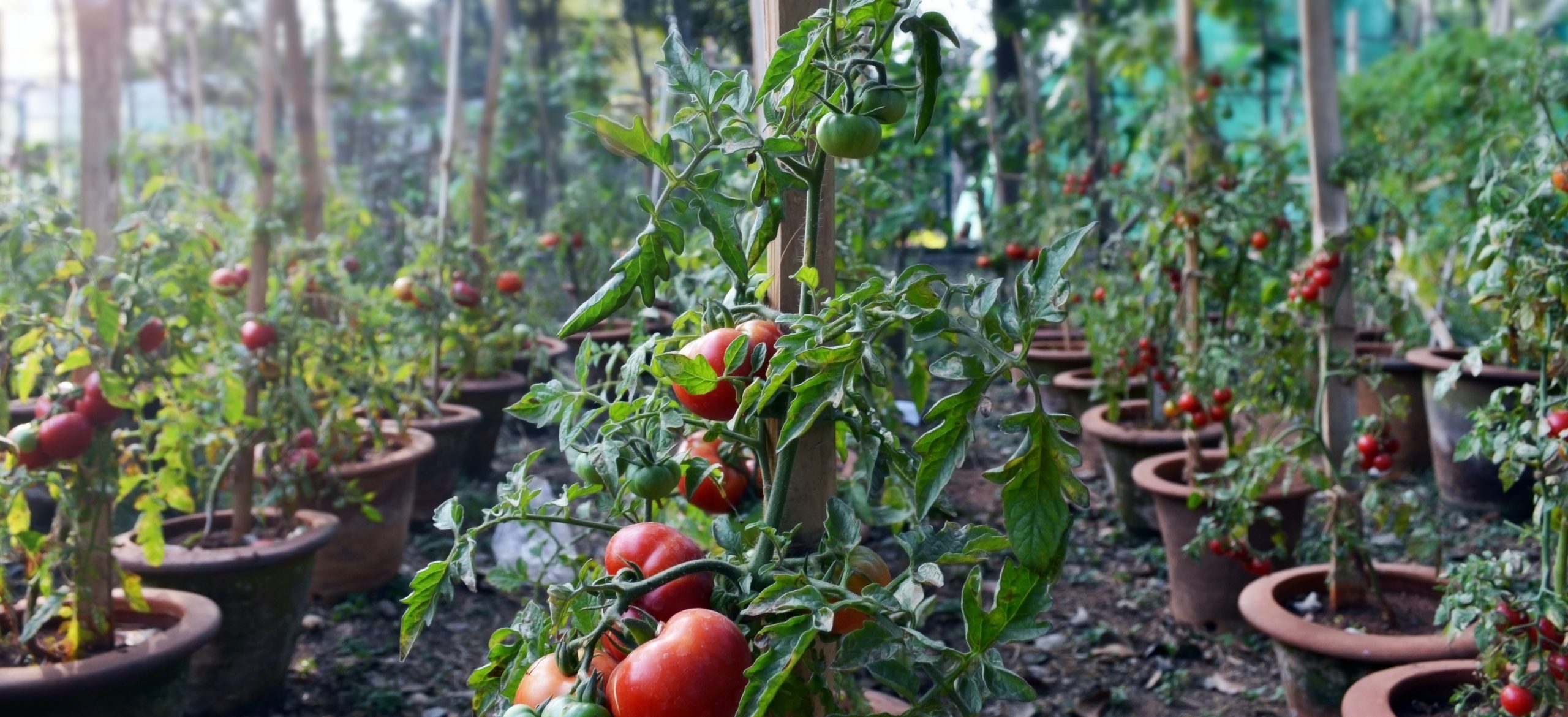
Tomatoes are yet another popular plant you can grow at home. Tomatoes like warm, sheltered spots. A great place for your potted tomato plant is a south-facing window, a sunny porch, or a sheltered balcony.
The more nutrients you can give to your tomato plant, the better, which is why it’s easier to look after tomatoes in larger pots. In fact, you can plant a seedling directly into a compost bag and watch it flourish. When you’re buying seeds or young plants, make sure to stick to determinate varieties of tomato. Some varieties may still require support as they get taller, but it’s easy enough if you have a bamboo cane or a thin branch you can stick in the pot.
Chillies
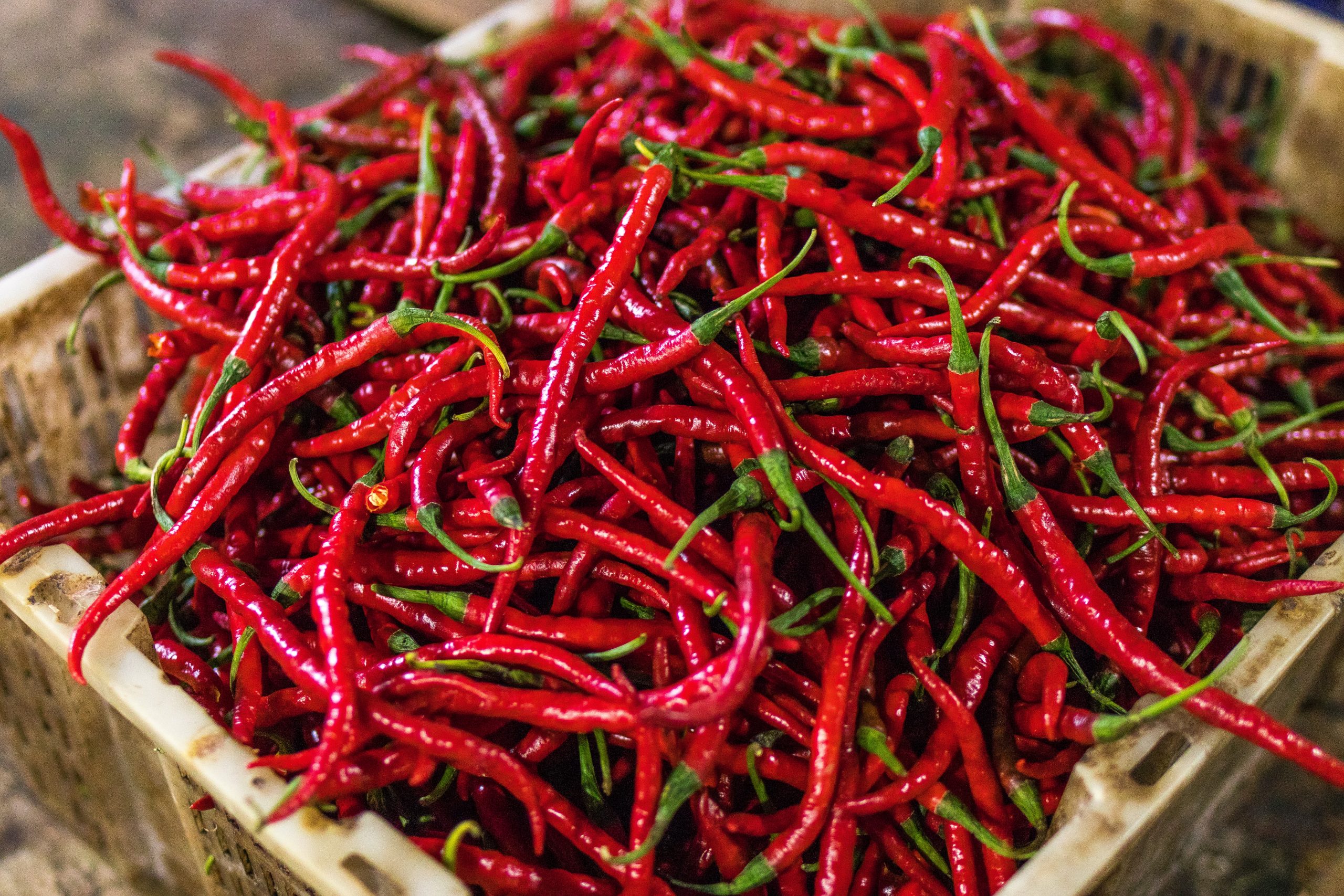
If you like spicy food, chillies would make a great addition to your home garden. Similar to tomatoes, chillies like warm, sunny spots. They tend to have a high yield of fruit per plant, which means one or two plants can provide more than enough chillies to last you a whole year. Harvested chillies can also be preserved by drying or pickling.
Strawberries
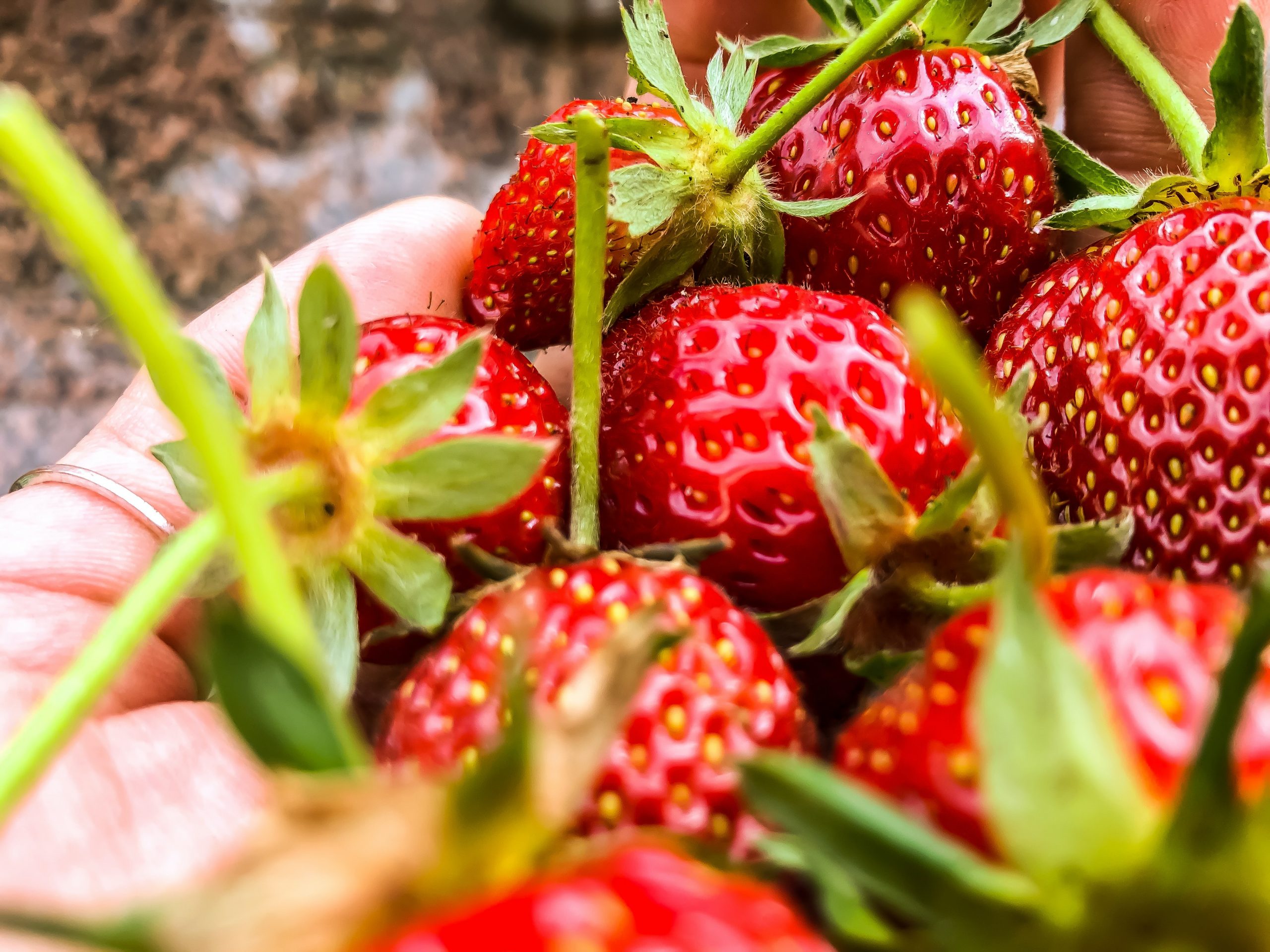
This may surprise you, but virtually any type of strawberry can be grown in a pot. Some varieties have only one crop per year, whereas others produce fruit throughout the summer. Strawberries can be grown from seed, bare-root crowns, or transplants. If you decide to grow strawberries from seed, you might not get any berries in the first year. However, if you take good care of it, the plant will get established and come back the next year.
Strawberries can be grown in windowsill planters, as well as hanging or regular pots. Make sure each plant gets 6-8 hours of sunlight everyday, and don’t forget to water it regularly. If you’re using a balcony or a paved garden as a growing space, make sure the plant is protected from pests, such as birds, rodents, or ants.
